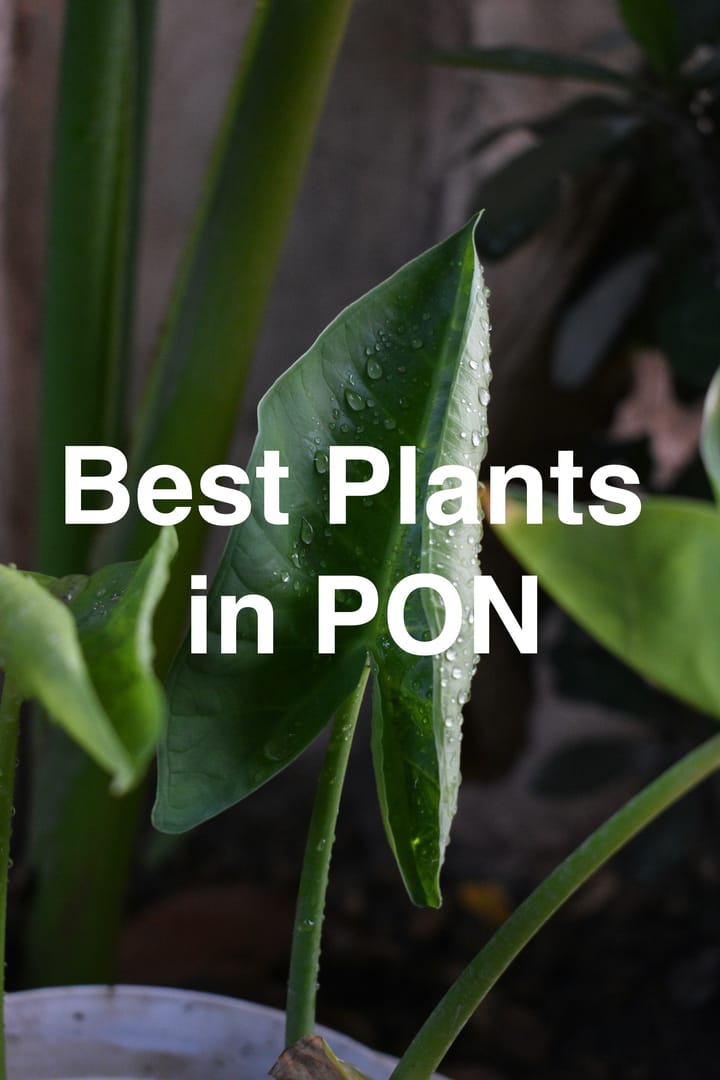Companion Planting
Companion planting is a method of planting different crops in proximity for a range of benefits. These benefits include pest control, pollination, providing habitat for beneficial creatures, maximizing use of space, and increasing crop productivity.
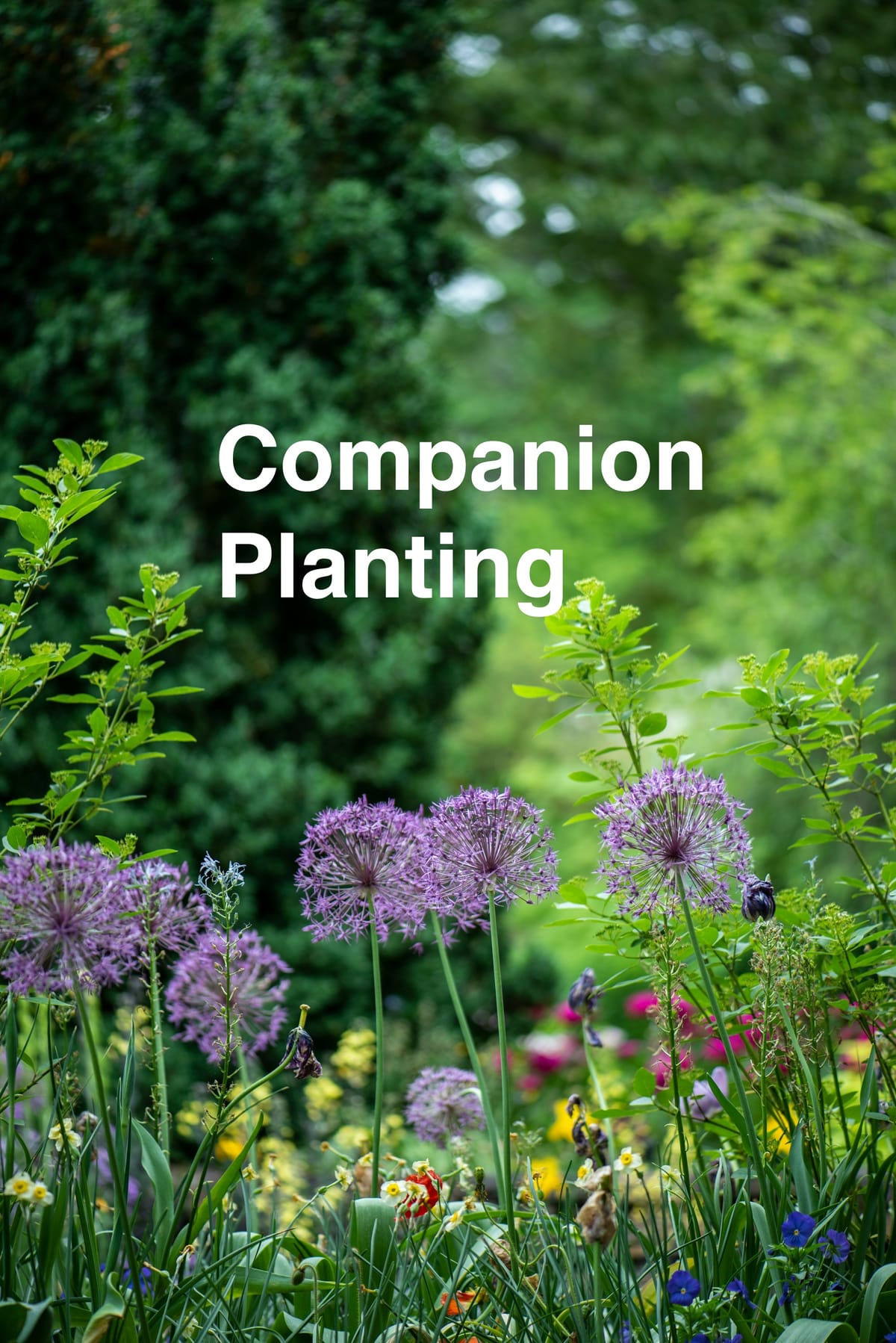
This approach draws on traditional farming practices as well as modern research.
Understanding which plants work well together and which do not is key to a successful garden.
By pairing certain plants, your garden can flourish with fewer pests and diseases, and with a better yield.
When you plan your vegetable garden, consider incorporating herbs and flowers that can act as companions to your vegetables.
These companions help to fend off pests naturally, attract pollinators like bees and butterflies, and improve soil health.
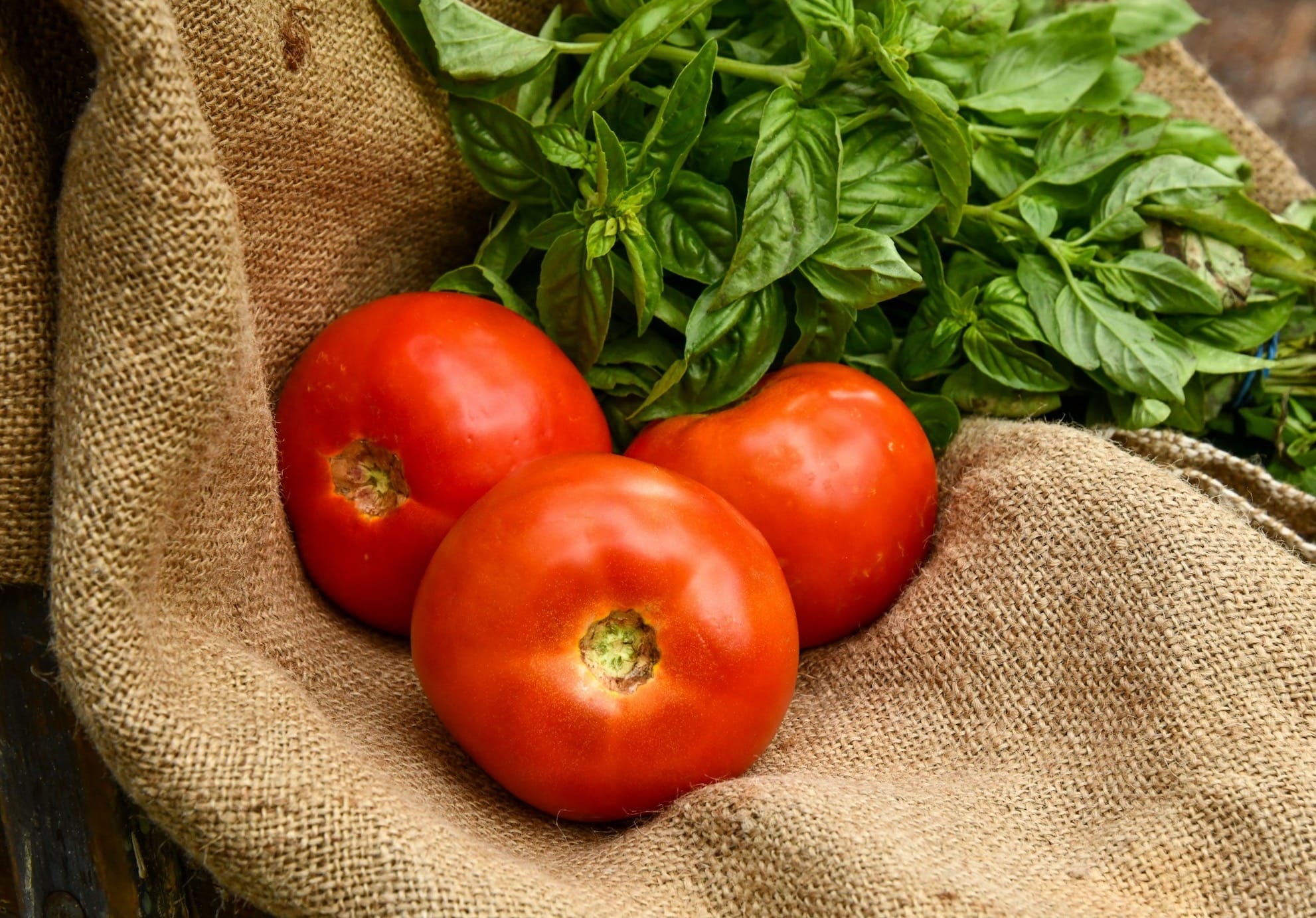
Knowing the relationships between different plants can also help you manage your garden’s layout more effectively and result in healthier plants.
Additionally, some companions can enhance the growth and flavor of neighboring plants, so it’s worth considering not just the nutritional and space aspects, but also the potential taste benefits.
Key Takeaways
- Companion planting can boost plant growth and deter pests.
- Including herbs and flowers can attract pollinators and improve soil health.
- Strategic planning of plant placement is crucial for a thriving garden.
The Basics of Companion Planting
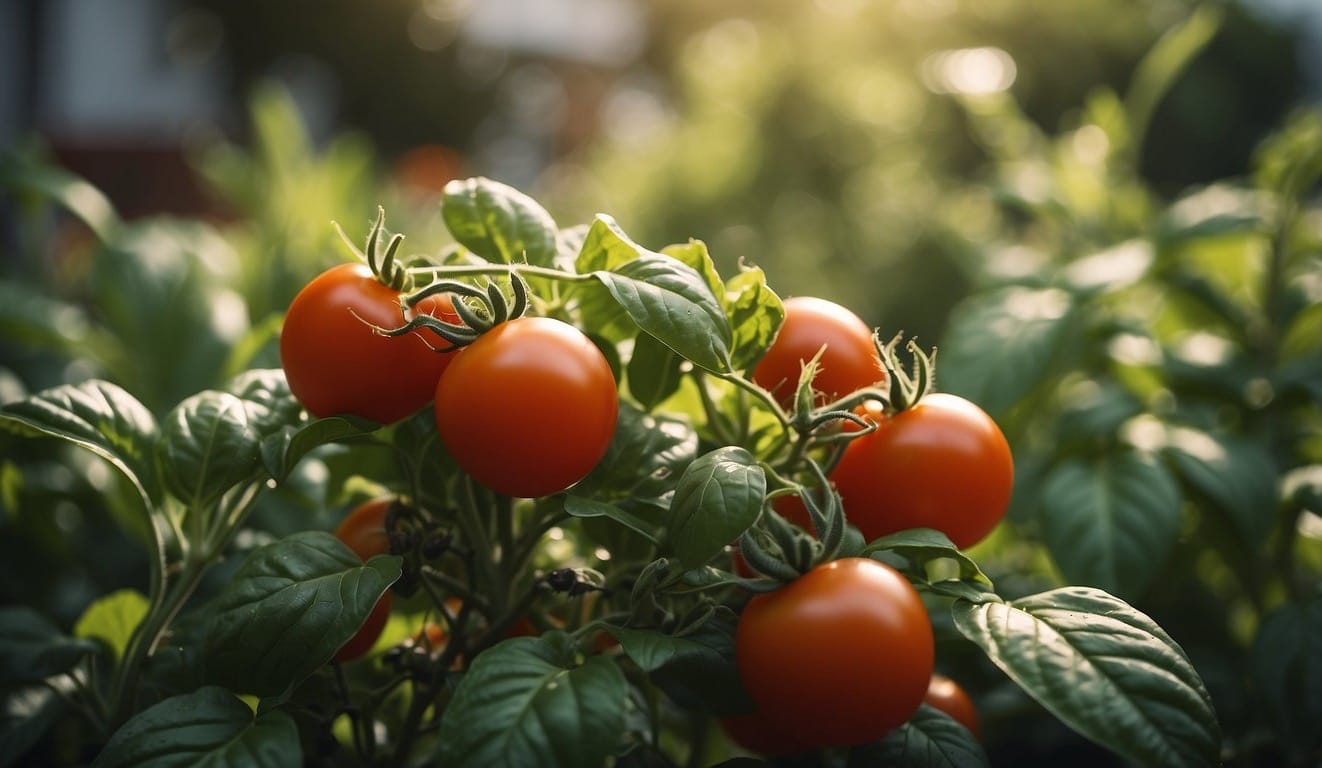
In your garden, companion planting can serve as a science-based approach to enhance soil health and bolster the benefits plants offer each other.
Concept and History
Companion planting isn’t a new idea; it’s a time-tested method that gardeners have used for generations.
The basic concept is simple: certain plants grow better near each other. They may help in pest control, nutrient uptake, or attracting beneficial pollinators.
Historically, various cultures practiced companion planting, informed by observation and experience over the years.
Benefits of Companion Planting
When you pair the right plants together, your garden reaps several benefits:
- Pest Management: Natural pest deterrents reduce the need for chemical pesticides.
- Improved Pollination: Attracting bees and butterflies can help increase the yield of vegetable and fruit plants.
- Better Use of Space: Vertical growers like beans can climb corn stalks, saving space.
- Soil Health: Certain plants, like legumes, fix nitrogen in the soil, benefiting neighboring plants.
Key Principles
To succeed at companion planting, remember these key principles:
- Crop Rotation: Avoid planting the same crops in the same spot year after year to prevent disease and pests.
- Complementary Needs: Plant vegetables with different nutrient needs together to avoid competition for resources.
- Timing: Sow companion plants so they grow simultaneously, fostering a supportive environment.
Planning Your Companion Planting Strategy

Companion planting can transform your garden into a flourishing ecosystem.
By understanding plant relationships and designing a thoughtful layout, you can create a harmonious environment for your vegetables to thrive.
Understanding Plant Relationships
Every plant has its preferred companions as well as those it does not get along with.
Some plants, like sunflowers, can provide shade for lower-growing, shade-loving plants. On the other hand, tall crops may hinder sunlight when placed wrongly.
It’s important to know which plants benefit each other.
For example, planting marigolds can protect your garden from nematodes and other pests.
Designing Your Vegetable Garden Layout
When laying out your garden, ensure that you consider the height, space needs, and sunlight requirements for each vegetable.
Some plants need more room, while others, such as lettuce, can be tucked into smaller spots.
Place tall plants like sunflowers on the north side so they don’t cast unwanted shadows.
Design paths for easy access and minimal disturbance to plant roots.
Companion Planting Chart Utilization
A companion planting chart is a handy tool to guide your planting strategy. It provides information on which plants are beneficial to each other, and which to keep apart.
Here’s a simple chart for common planting combinations:
| Vegetable | Companions | Avoid Planting With |
|---|---|---|
| Tomatoes | Basil, Marigold | Corn, Potatoes |
| Lettuce | Carrots, Radishes | Parsley |
| Peppers | Basil, Onions | Beans, Kohlrabi |
| Carrots | Peas, Lettuce, Chives | Dill |
| Cucumbers | Beans, Corn, Peas | Potato |
This chart is just the start; tailor it to reflect the specifics of your garden space and local climate.
Consider timing as well; some companions benefit from being planted at the same time, while others might be staggered.
Using the chart, you can maximize the potential of each plant and create a garden that is more likely to succeed.
Herbs and Flowers as Companion Plants

In your garden, certain herbs and flowers play crucial roles in promoting a healthy ecosystem.
They deter pests, attract beneficial insects, and enhance the growth of other plants.
The Role of Marigolds and Nasturtiums
Marigolds are a powerhouse in the garden.
When you plant marigolds, you’re not just adding a splash of color; you are deploying a natural insect repellent.
Nasturtiums offer a dual benefit: these bright blossoms not only deter a number of pests, such as aphids and squash bugs, but their peppery leaves are edible.
You’ll find that both of these flowers work hard to protect your veggies.
- Marigolds: Repel nematodes and other garden pests
- Nasturtiums:
- Edible leaves with a peppery taste
- Deter pests like aphids and squash bugs
Herbal Companions: Basil, Rosemary, and Sage
Herbs like Basil, Rosemary, and Sage make perfect companion plants.
Basil exudes a strong scent that can help keep pests like mosquitoes and flies at bay.
Rosemary’s strong fragrance is great for repelling carrot flies and bean beetles. Sage is a robust plant that helps in warding off cabbage moths and other leaf-chewing insects.
Together, these herbs not only enhance the flavors in your kitchen but also fortify your garden against unwanted pests.
- Basil: Keeps mosquitoes and flies away
- Rosemary: Deters carrot flies and bean beettles
- Sage: Repels cabbage moths and other pests
Attracting Pollinators with Flowers
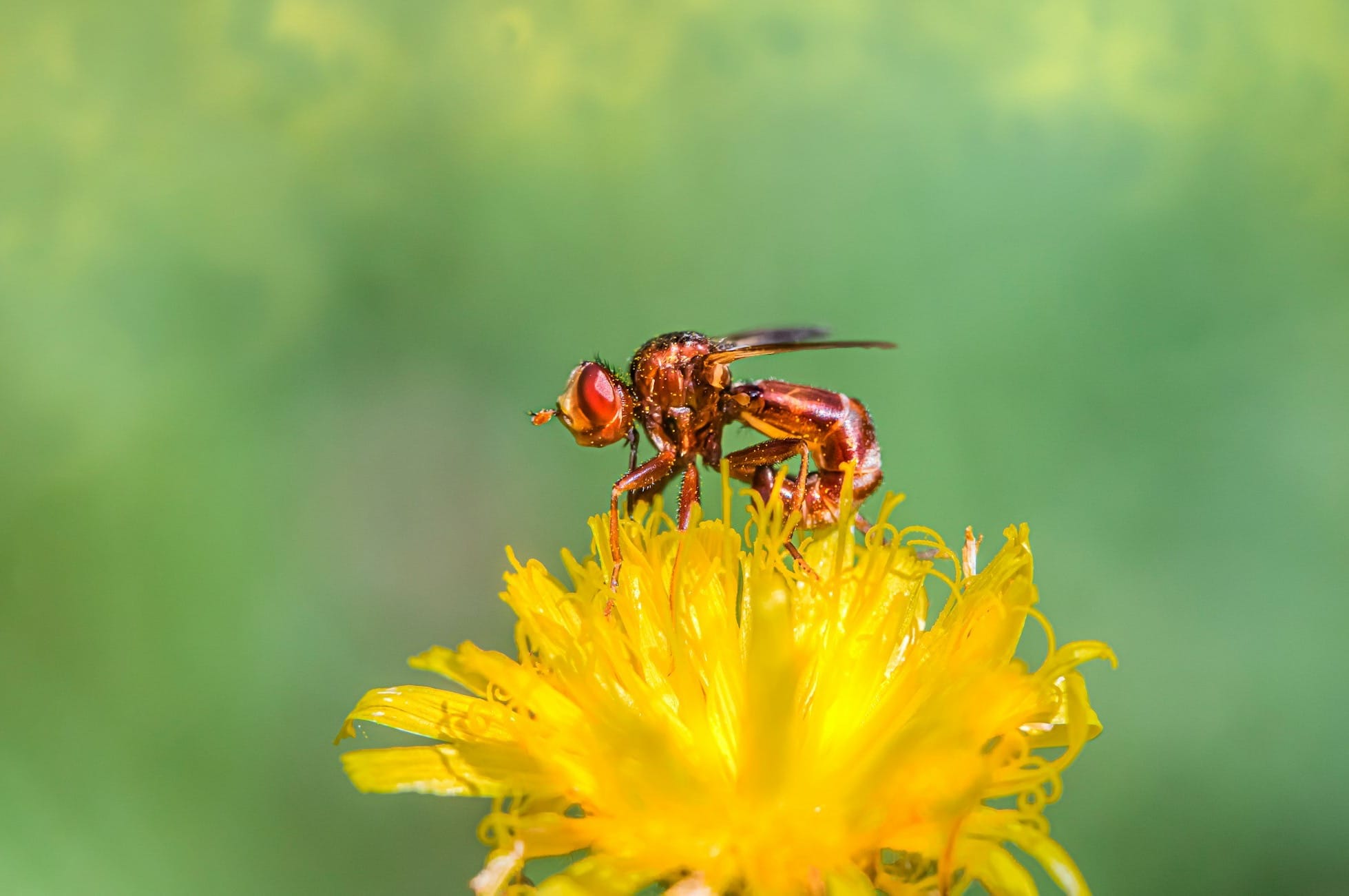
The presence of certain flowers in your garden can highly boost your efforts in attracting pollinators like bees.
Flowers such as zinnias, sunflowers, and lavender are not just visually appealing but also serve as beacons for bees, who are vital for pollination.
By strategically planting these flowers, you ensure that your garden is teeming with life and that your plants are well-pollinated.
Pest Management with Companion Planting
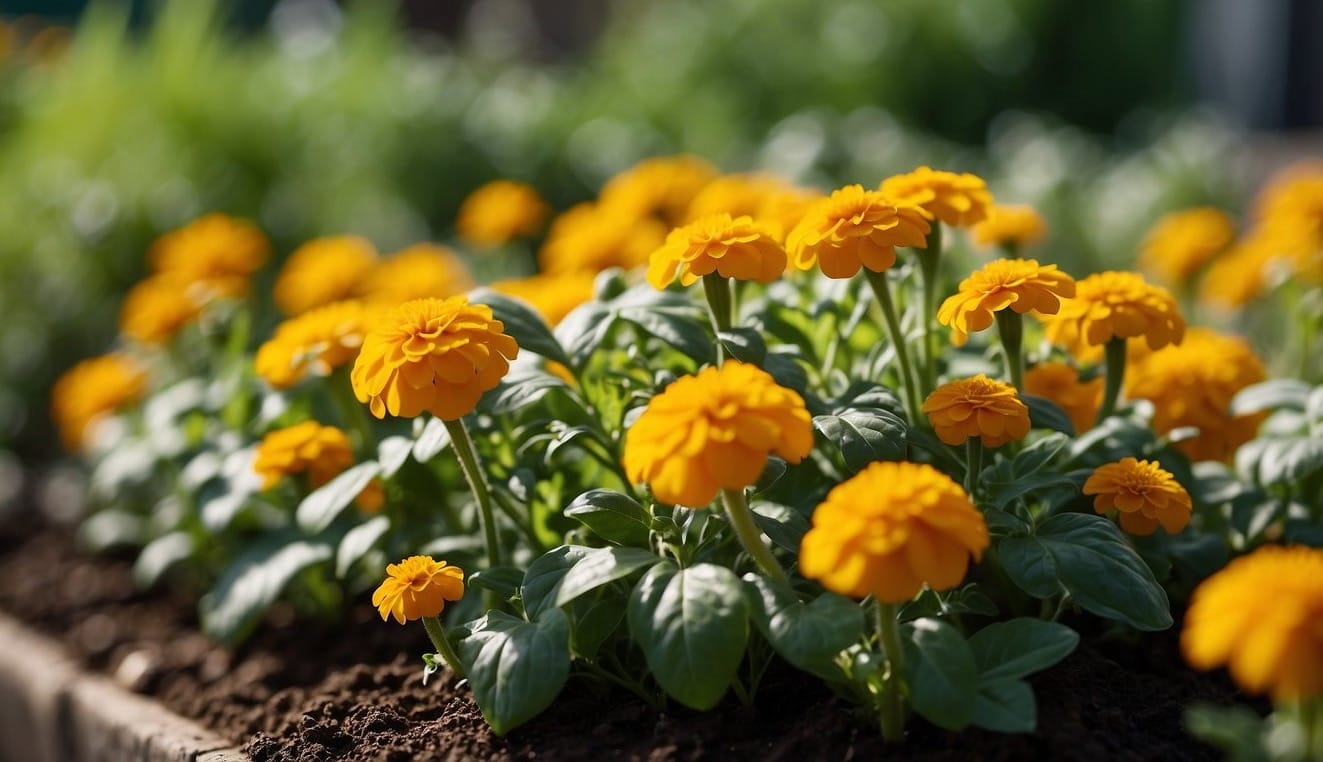
Companion planting is a strategic approach to managing pests in your garden.
By choosing the right plants to grow together, you can deter pests naturally and protect your vegetables with fewer chemicals.
Natural Pest Deterrence Strategies
Plants can naturally keep pests away. For example, herbs like basil and sage emit strong scents that repel pests like carrot flies and flea beetles.
Placing these herbs near your vegetables can protect them.
Here is a list of companion plants that can help deter various pests:
- Basil: Repels aphids and beetles when planted near tomatoes.
- Marigolds: Their scent keeps aphids away from peppers and potatoes.
- Rosemary: Discourages a variety of insects and can protect your carrots.
Incorporating flowers such as poached egg plants attract hoverflies, which are natural enemies of aphids.
By planting these, you create a welcoming environment for beneficial insects like ladybugs that eat harmful pests.
Using Trap Crops to Protect Vegetables
Trap crops are plants that draw pests away from your main crops. They act like a lure, so pests go to them instead of attacking your vegetables.
Here’s how you can use trap crops in your garden:
- Nasturtiums: Plant these to attract aphids and cucumber beetles away from your cucumbers and squash.
- Radishes: These can be used to trap flea beetles, protecting nearby cruciferous vegetables like broccoli and cabbage.
Soil Health and Fertility in Companion Planting

Companion planting can boost soil health and improve its fertility, providing a more nurturing environment for your plants to grow.
Strategic plant combinations can enhance nutrient uptake, improve soil structure, and contribute to the soil's fertility through green manures.
Enhancing Nutrients Uptake
Certain plants have the unique ability to enhance the availability of nutrients in the soil, which benefits neighboring crops.
For instance, legumes such as beans and peas are natural nitrogen fixers. They draw nitrogen from the air and convert it into a form that plants can use.
This process increases the nitrogen content in the soil, making it accessible to plants that cannot fix nitrogen on their own.
Here's how you can use this to your advantage:
- Plant beans or peas next to crops that are heavy nitrogen feeders, like corn or leafy greens.
Improving Soil Structure
Companion planting also helps in maintaining a healthy soil structure.
Different plants have varying root systems, and when grown together, they can complement each other.
Tap-rooted plants like carrots break up the soil, allowing for better water and air penetration. Here’s what you can do:
- Rotate plants with deep roots like carrots with those having shallower roots to keep the soil loose.
Cover Crops and Green Manures
Cover crops and green manures are a crucial part of maintaining soil health in companion planting. They cover the bare soil, add organic matter, and can even suppress weeds.
Green manures, such as clover or alfalfa, are grown and then plowed back into the soil to enhance its fertility before you plant your main crop.
To make the most of these, consider the following:
- Sow cover crops during the off-season.
- Before flowering, turn green manure crops into the soil to decompose and enrich it.
Before we get to the FAQ, here's a simple companion planting tool we have put together to help making your garden planning easier.
Companion Planting Guide
Compatible Plants
Incompatible Plants
Frequently Asked Questions
What are the benefits of companion planting for vegetable gardens?
Companion planting can offer several advantages. It can improve plant growth and flavor—for instance, basil is said to enhance the taste and vitality of tomatoes. It also promotes a balanced ecosystem, encouraging beneficial insects while deterring pests.
Which vegetables should not be planted together in companion planting?
Certain vegetable pairings can be harmful due to conflicting growth habits or shared pests.
For example, planting tomatoes and potatoes closely can increase the risk of blight. Similarly, it's best to keep beans and onions apart, as onions can interfere with the growth of beans.
How does companion planting affect pest control in gardens?
Companion planting can naturally reduce pest issues. Some plants emit scents or chemicals that repel pests. Marigolds, for instance, can deter soil nematodes and other pests. This method reduces the need for chemical pesticides, thus preserving the environment.
Can you provide examples of companion planting strategies for common garden vegetables?
Certainly. Planting carrots with onions can help repel carrot flies. Similarly, growing cucumbers alongside radishes can help fend off cucumber beetles. By strategically pairing these vegetables, you can harness their protective qualities.
Which flowers are most effective for companion planting with vegetables?
Flowers can play a pivotal role in companion planting. Marigolds are renowned for repelling pests and can be planted near tomatoes. Other effective flowers include nasturtiums, which can deter aphids and squash bugs when planted near vulnerable vegetables.
How can one create an effective garden layout using companion planting principles?
Start with understanding the specific requirements and benefits of each plant. Then, allocate space based on companion compatibility and potential growth size. Ensure flowers and herbs that attract beneficial insects or repel pests are interspersed with your vegetables to create a harmonious and productive garden layout.
